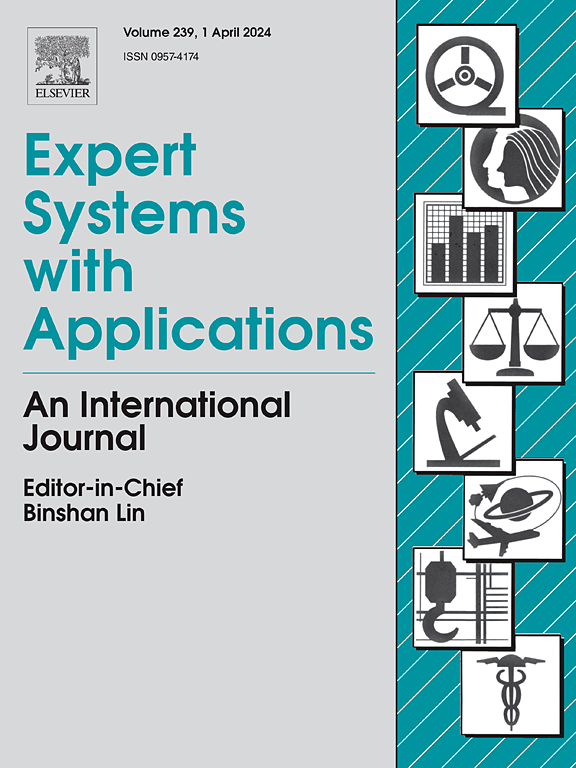A new difference feature extraction method of slewing bearings in wind turbines via optimization bispectrum domain model
IF 7.5
1区 计算机科学
Q1 COMPUTER SCIENCE, ARTIFICIAL INTELLIGENCE
引用次数: 0
Abstract
The slewing bearing is a critical component in large equipment like shield machines and wind turbines. Because slewing bearings operate in complex situations with fluctuating speed and load on a regular basis, the vibration signal they produce contains several interferences, making fault features difficult to identify. The specific objective of this study is to provide a new fault diagnosis method, named difference optimization bispectrum, for slewing bearing signals under strong noise interference. The method designs a convex optimization bispectrum model by the convex optimization theory, covering the shortage of traditional decomposition by differentiating features. Based on the model, a two-dimensional weight coefficient is constructed to calculate the difference optimization bispectrum, which reduces the noise and enhances the features in positive and negative bispectrum-domain. This study offers a fresh perspective on extraction of fault information from the signal under strong noise interference, making an original contribution for the fault diagnosis of the slewing bearing. The experiment work presented here provides the practical effect of the method for the slewing bearing signals.
求助全文
约1分钟内获得全文
求助全文
来源期刊

Expert Systems with Applications
工程技术-工程:电子与电气
CiteScore
13.80
自引率
10.60%
发文量
2045
审稿时长
8.7 months
期刊介绍:
Expert Systems With Applications is an international journal dedicated to the exchange of information on expert and intelligent systems used globally in industry, government, and universities. The journal emphasizes original papers covering the design, development, testing, implementation, and management of these systems, offering practical guidelines. It spans various sectors such as finance, engineering, marketing, law, project management, information management, medicine, and more. The journal also welcomes papers on multi-agent systems, knowledge management, neural networks, knowledge discovery, data mining, and other related areas, excluding applications to military/defense systems.
 求助内容:
求助内容: 应助结果提醒方式:
应助结果提醒方式:


